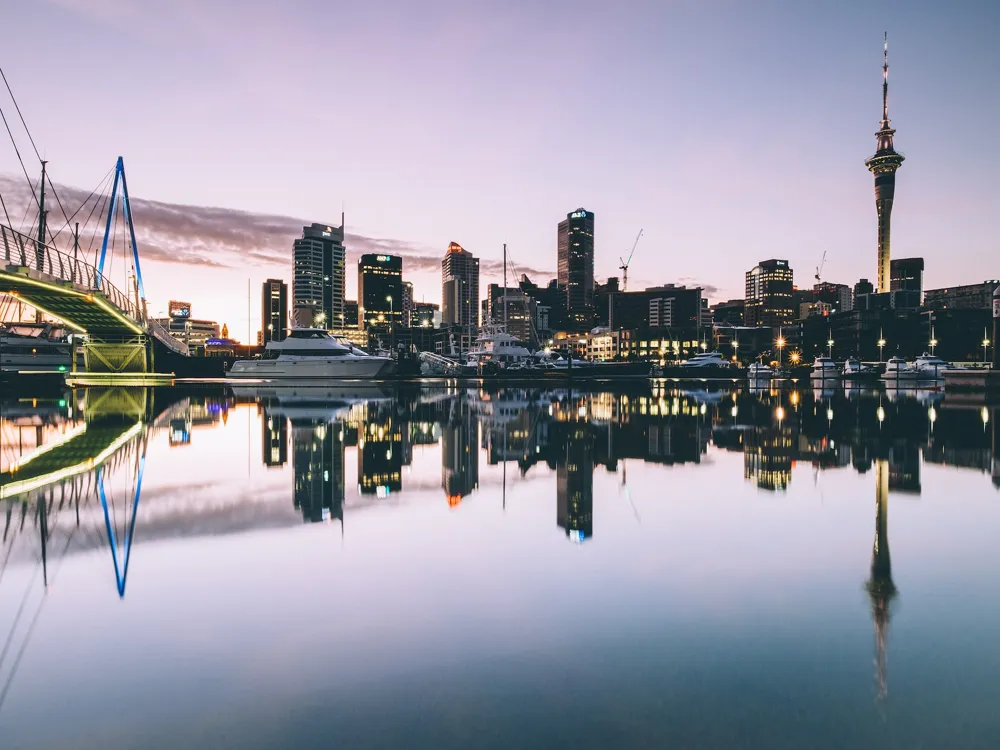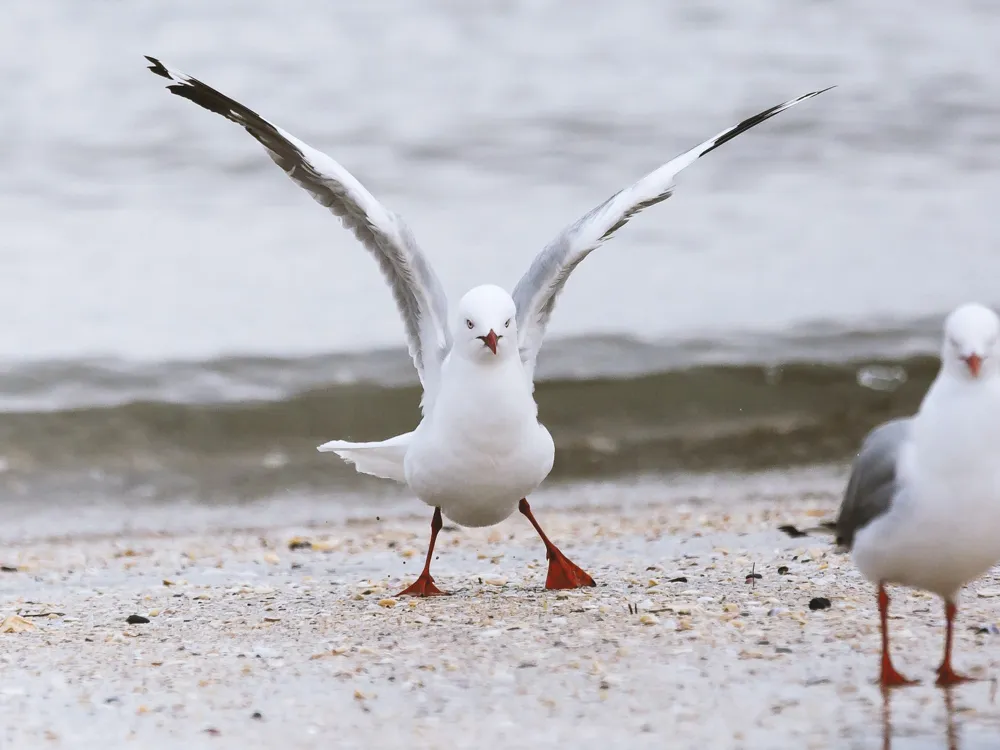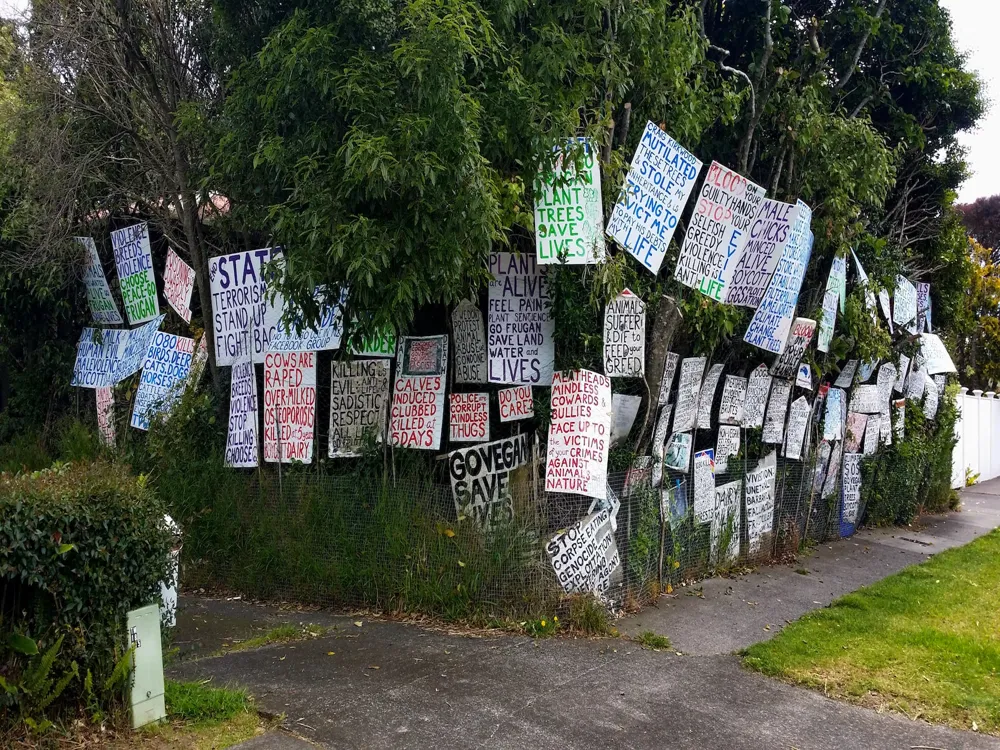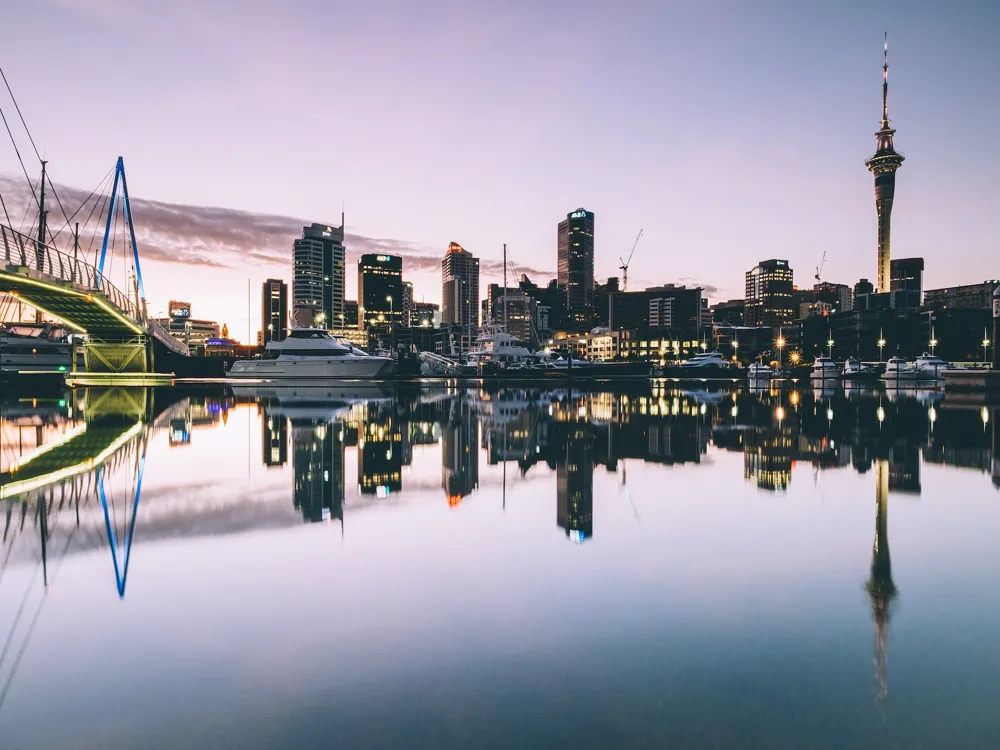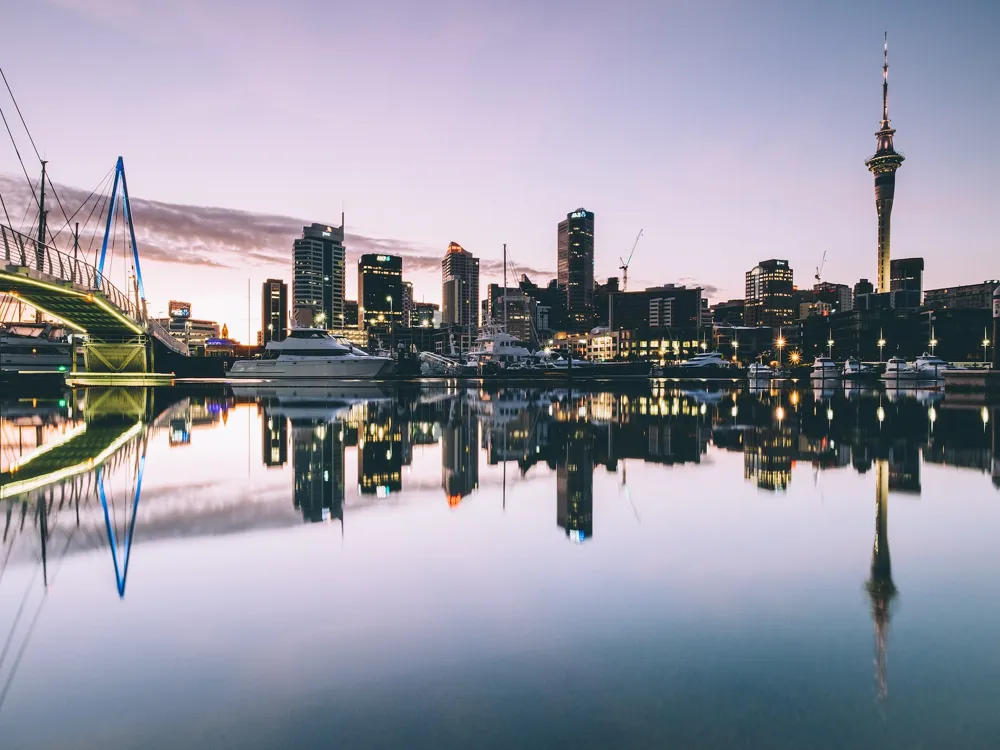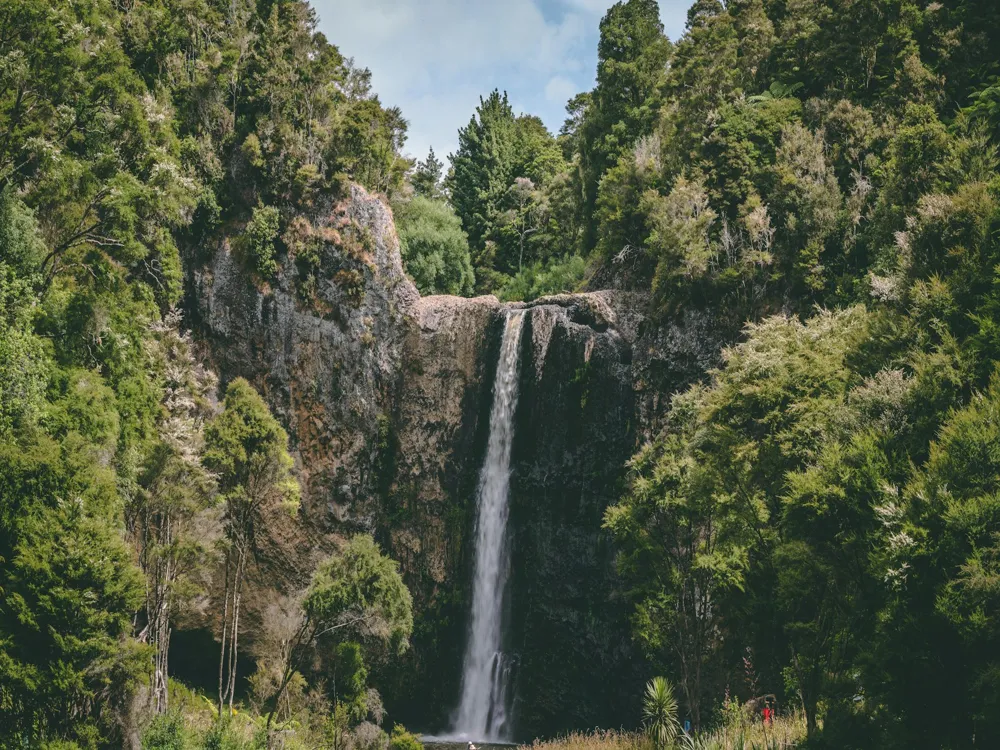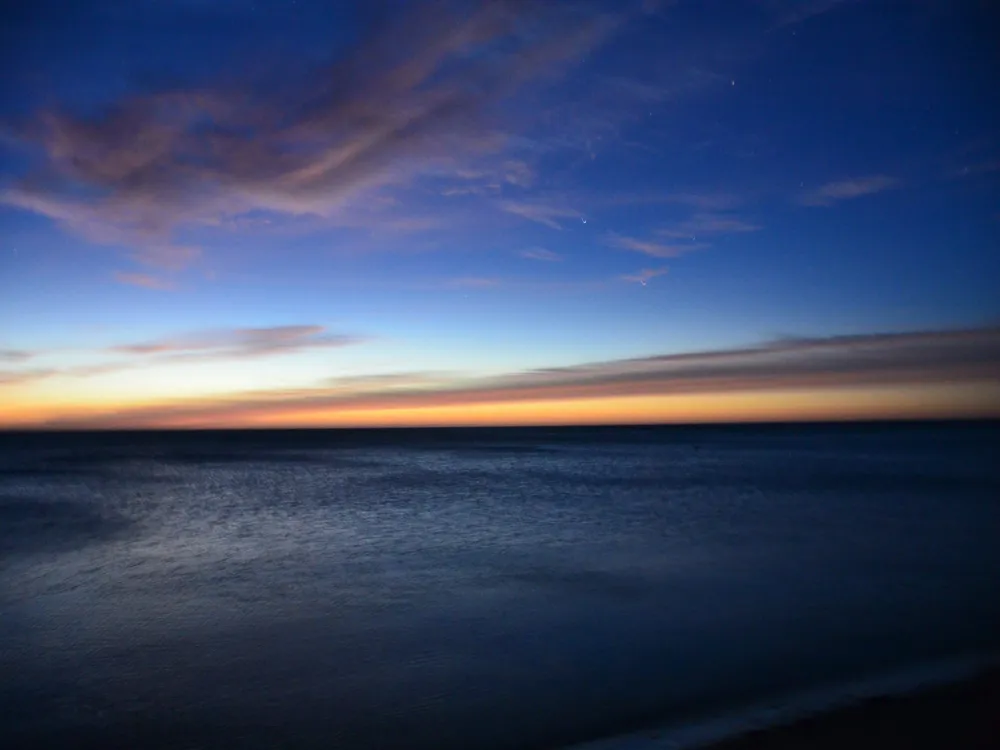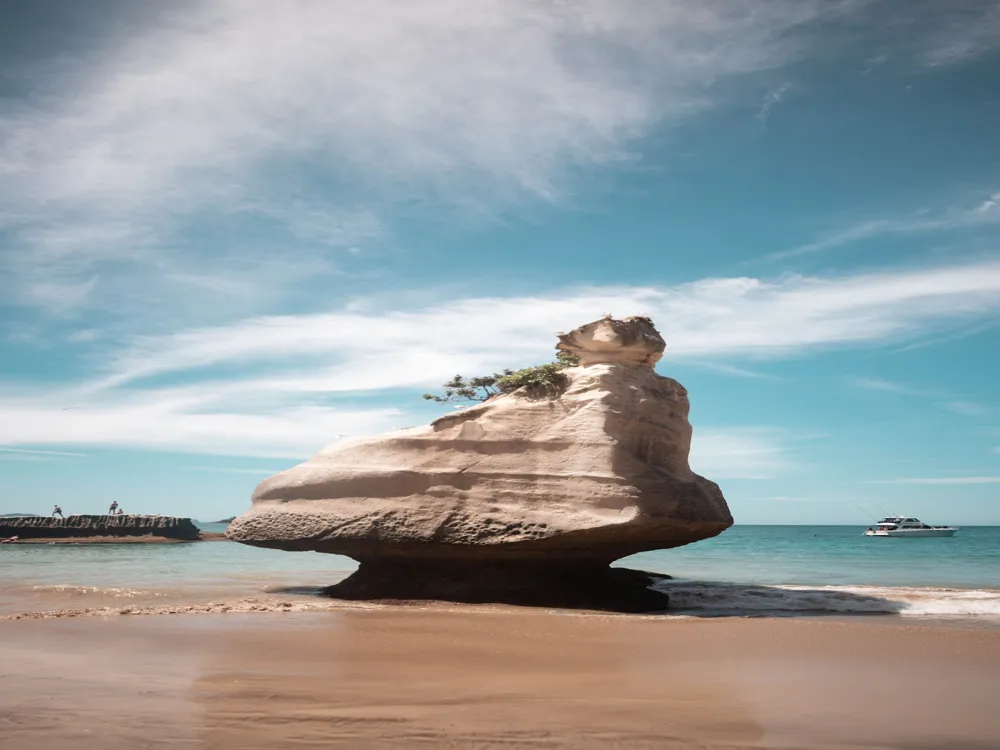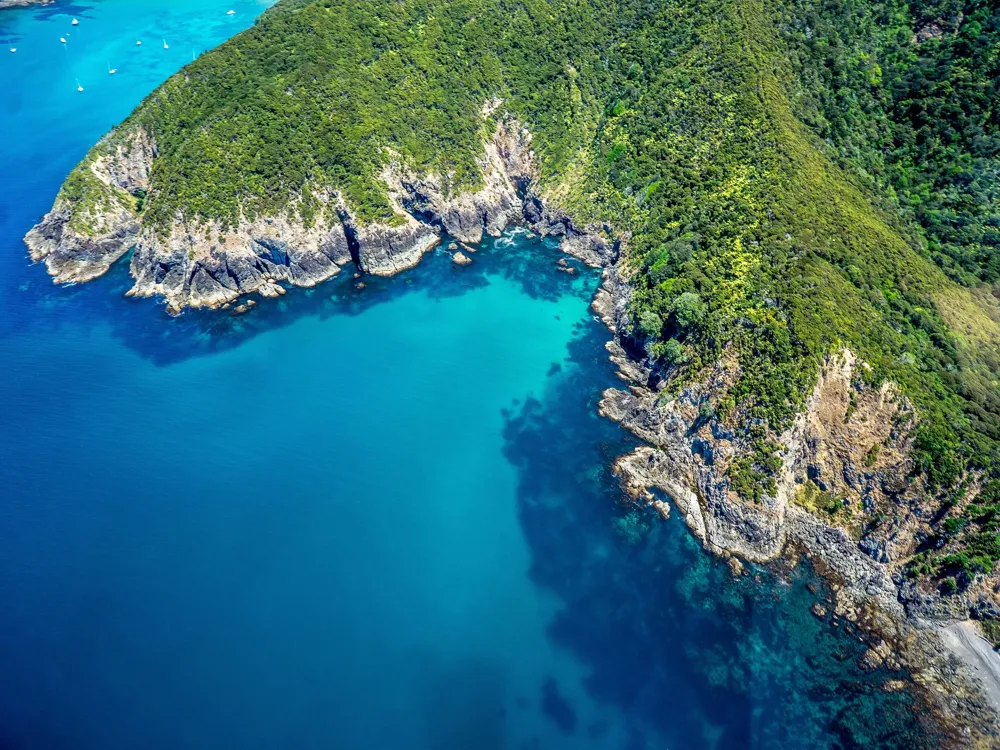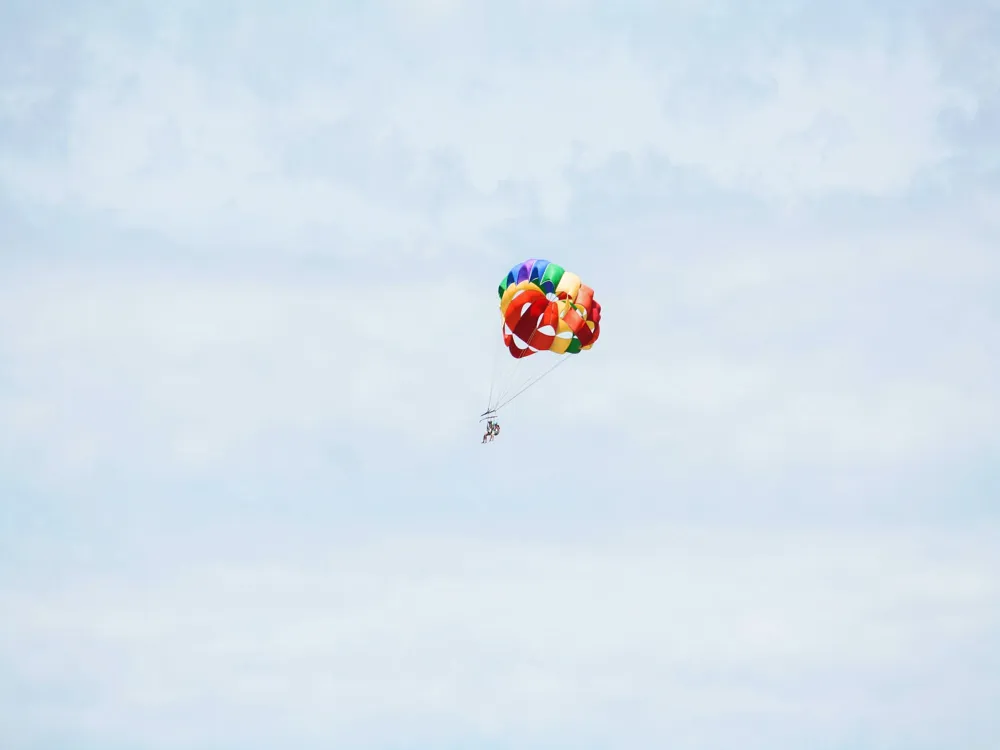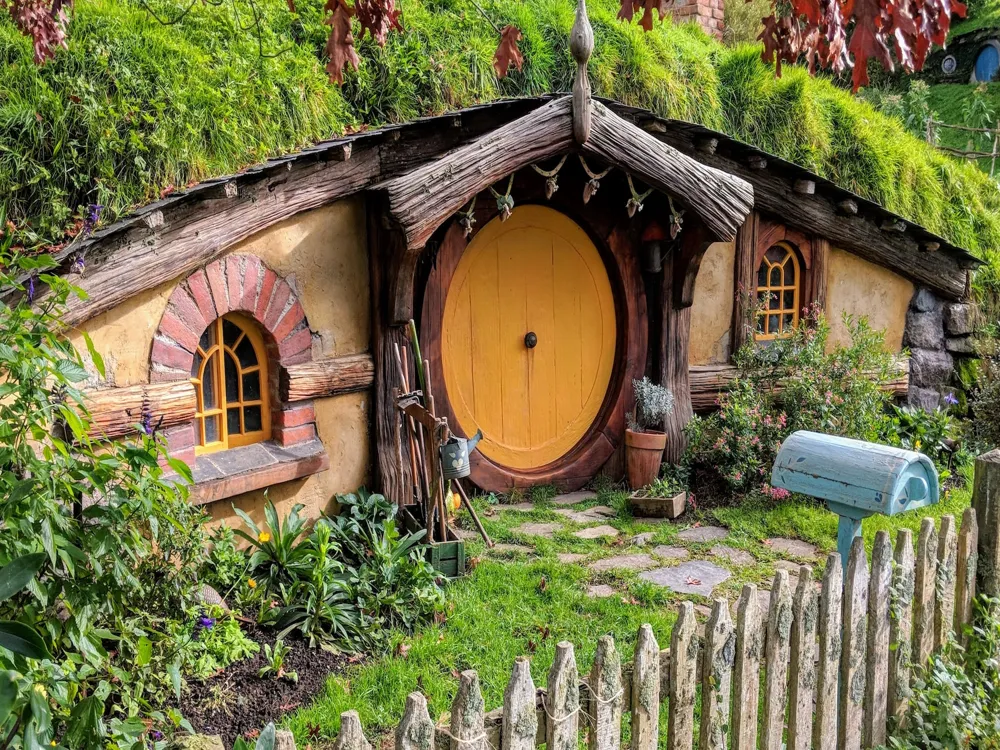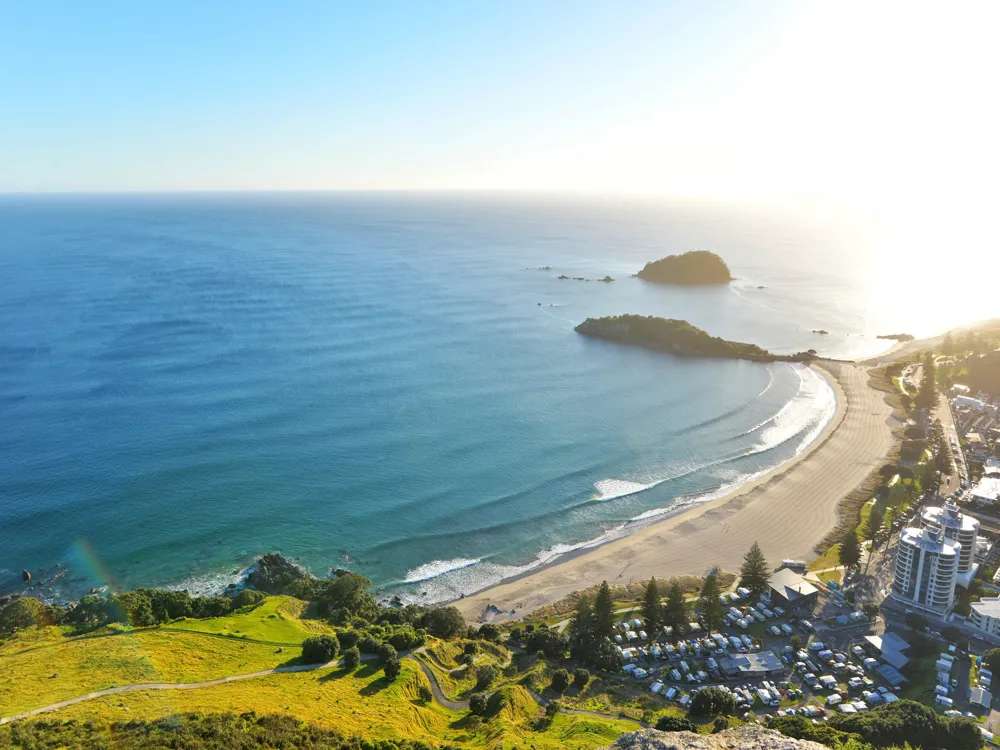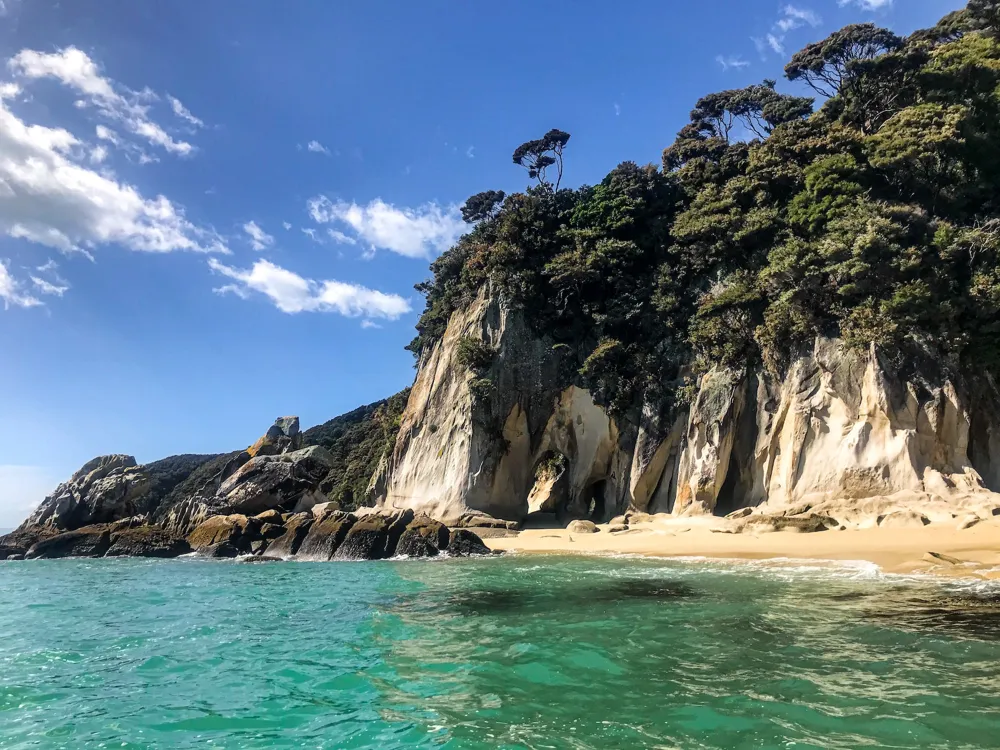The Awhitu Peninsula, a remarkable gem in Auckland's crown, offers a blend of natural beauty and cultural hilariousness. Extending into the Tasman Sea, it forms the western hand of Manukau Harbour. This serene locale is a haven for those seeking a blend of scenic terrain, rich history, and tranquil terrain. The promontory's terrain is a shade of rolling hills, lush native bush, and stunning beaches. The bank is dotted with a mix of sandy beaches and rugged sands, offering stirring views of the harbor and beyond. especially, the region's unique geographical conformation has significantly influenced its ecological and cultural development. The Awhitu Peninsula has a rich Maori history. The region was traditionally inhabited by the Te Kawerau, Maki, and Waiohua people, who cherished this land for its abundant resources and strategic position. European agreement in the 19th century brought about significant changes, with the introduction of husbandry and other industriousness. moment, the promontory is a blend of nonfictional spots, conservation areas, and original communities. pivotal lodestones include the Awhitu Regional Park, Manukau Heads Lighthouse, and several stations and art galleries. The area is also known for its efforts in conservation, with enterprises concentrated on guarding native leafage and fauna. In summary, the Awhitu Peninsula is not just a scenic destination but a place of deep nonfictional and cultural significance. Its different terrain, rich heritage, and serene atmosphere make it a must-visit for anyone exploring Auckland. The architectural terrain of the Awhitu Peninsula is as different as its natural terrain, reflecting its rich history and cultural elaboration. The armature is also a conflation of traditional Maori, colonial, and modern styles, each telling a story of the promontory's history and present. Traditional Maori architecture in the area is apparent in the remnants of pater spots (fortified villages) and other archaeological features. These structures, made primarily from natural paraphernalia like timber and flax, reflect the indigenous people's deep connection with the land and their resourcefulness. Social architecture made its mark in the 19th and early 20th centuries. Early European settlers introduced primitive and Edwardian styles, apparent in major granges and structures. These structures,constantly constructed from original timber and corrugated iron, symbolize the adaptation of European architectural practices to New Zealand's unique terrain. In recent decades, modern architecture on the promontory has evolved to emphasize sustainability and integration with the natural terrain. Contemporary homes and structures constantly feature eco-friendly accents, energy-effective designs, and a focus on maximizing stunning views and natural light. The use of large glass panels, open-plan living spaces, and out-of-door living areas is common in these modern designs. The Awhitu Peninsula's architectural journey, from traditional Maori structures to modern sustainable designs, reflects its cultural diversity and evolving relationship with the natural terrain. This unique architectural blend adds to the promontory's charm and appeal. The ideal time to visit Awhitu Peninsula is during the summer months( December to February), when the downfall is warm and conducive to outdoor exercise. Still, the shoulder seasons( spring and afterlife) are also great for avoiding crowds and enjoying mild downfalls. While public transport options are limited, renting a bus is the most accessible way to explore the fiefdom. The roads are well maintained, but some areas, especially beaches and indigenous demesne, might bear a vehicle with good off-road capability. Accommodation on the Awhitu Peninsula ranges from boarding grounds and holiday homes to bed-and-breakfasts and private holiday homes. Reserving in advance is judicious, especially during peak seasons. Reaching the Awhitu Peninsula from Auckland is straightforward. The trip by bus generally takes about 90 seconds. Starting from Auckland, take State Highway 1, then switch to State Highway 22, followed by Awhitu Road leading directly to the promontory. Alternatively,guests can opt for guided tours that include transportation to and from the promontory. Read More:-Overview of Awhitu Peninsula, Auckland
Architecture of Awhitu Peninsula
Tips for Visiting Awhitu Peninsula
Best Time to Visit
Transportation and Accessibility
Accommodation Options
Local Etiquette and Customs
Respect for the terrain and original customs is consummate. Guests are encouraged to tread easily, especially in conservation areas, and to respect Maori cultural spots. Engaging with original communities and businesses is a great way to enrich your experience.How To Reach Awhitu Peninsula
Awhitu Peninsula
Auckland
₹ 72,000 onwards
View auckland Packages
Auckland Travel Packages
View All Packages For Auckland
Top Hotel Collections for Auckland

Private Pool

Luxury Hotels

5-Star Hotels

Pet Friendly
Top Hotels Near Auckland
Other Top Ranking Places In Auckland
View All Places To Visit In auckland
Faq on Auckland
What is Awhitu Peninsula famous for?
Awhitu Peninsula in Auckland is renowned for its stunning landscapes, secluded beaches, and rich Maori history. It's also known for its picturesque lighthouse offering breathtaking views.
How do I get to Awhitu Peninsula from Auckland?
The most common way to reach Awhitu Peninsula from Auckland is by driving. It's approximately a 90-minute drive southwest of Auckland City. Alternatively, you can take a scenic ferry ride from Auckland to nearby destinations and then drive to Awhitu Peninsula.
Are there any walking tracks or hikes on Awhitu Peninsula?
Yes, there are several walking tracks and hiking trails on Awhitu Peninsula catering to different skill levels. The Awhitu Regional Park offers a variety of tracks ranging from short strolls to longer hikes, allowing visitors to explore the diverse landscapes of the peninsula.
Can I camp on Awhitu Peninsula?
Yes, camping is permitted in designated areas within Awhitu Regional Park. The park provides basic facilities such as toilets and picnic areas, making it an ideal spot for camping amidst nature. However, it's advisable to check for any restrictions or booking requirements before planning your camping trip.
What wildlife can I expect to see on Awhitu Peninsula?
Awhitu Peninsula is home to a diverse range of wildlife, including native birds, marine life, and occasional sightings of seals and dolphins along its coastline. Birdwatchers particularly enjoy spotting species like tui, kereru, and the native NZ falcon.
View auckland Packages
Auckland Travel Packages
View All Packages For Auckland
Top Hotel Collections for Auckland

Private Pool

Luxury Hotels

5-Star Hotels

Pet Friendly
Top Hotels Near Auckland
Other Top Ranking Places In Auckland
Faq on Auckland
What is Awhitu Peninsula famous for?
Awhitu Peninsula in Auckland is renowned for its stunning landscapes, secluded beaches, and rich Maori history. It's also known for its picturesque lighthouse offering breathtaking views.
How do I get to Awhitu Peninsula from Auckland?
The most common way to reach Awhitu Peninsula from Auckland is by driving. It's approximately a 90-minute drive southwest of Auckland City. Alternatively, you can take a scenic ferry ride from Auckland to nearby destinations and then drive to Awhitu Peninsula.
Are there any walking tracks or hikes on Awhitu Peninsula?
Yes, there are several walking tracks and hiking trails on Awhitu Peninsula catering to different skill levels. The Awhitu Regional Park offers a variety of tracks ranging from short strolls to longer hikes, allowing visitors to explore the diverse landscapes of the peninsula.
Can I camp on Awhitu Peninsula?
Yes, camping is permitted in designated areas within Awhitu Regional Park. The park provides basic facilities such as toilets and picnic areas, making it an ideal spot for camping amidst nature. However, it's advisable to check for any restrictions or booking requirements before planning your camping trip.
What wildlife can I expect to see on Awhitu Peninsula?
Awhitu Peninsula is home to a diverse range of wildlife, including native birds, marine life, and occasional sightings of seals and dolphins along its coastline. Birdwatchers particularly enjoy spotting species like tui, kereru, and the native NZ falcon.







